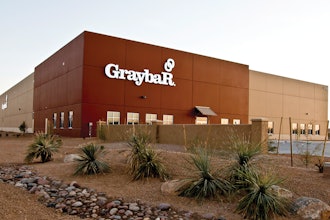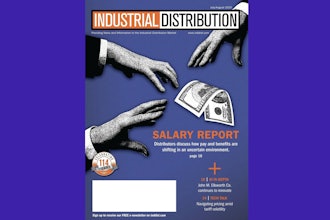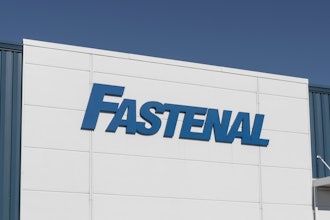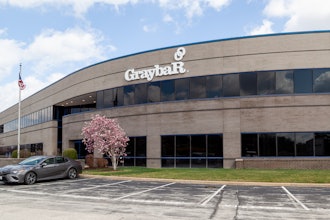
Lee Nyari, Managing Director of the Innovative Pricing Group, discusses the challenges distributors face in implementing annual price increases.
Q: More and more distributors appreciate the importance of pricing. In your experience, how robust are the price increase management practices used by distributors today?
A: It varies greatly. Many bigger distributors have made investments in this area. Smaller distributors may not have formal price management processes and tools. They manage prices on a day-to-day basis through approvals, controls, and incentives – and they may rarely take time to address pricing in a strategic way. They may look at the price lever strategically at the time of budgeting. At that point, they may prepare a financial forecast to show where budgeted price lifts should come from, reflecting some data and the judgment of the individuals involved.
Q: Is this approach problematic?
A: If budgeted price moves do not generally materialize or stick, then this shows that the approaches failed to deliver. One major risk is that these distributors may get caught in a vicious cycle of chasing volume to make up for less-than-planned margins. Chasing volume then just puts even more pressure on price. More robust analytics can make the difference, so pricing can actually drive profitability, rather than being a problem area.
Q: What are some ways that more robust analytics can help, beyond what’s in management’s heads?
A: The industry knowledge of management can be very helpful. They can help identify key drivers of price sensitivity. A robust price segmentation model should leverage those insights and build on them. Analytics can help refine basic models and drive to higher levels of accuracy. For instance, after management identifies known drivers of price sensitivity, analysis of data can often tell which of those attributes may be more important in particular parts of the business. So, the segmentation model becomes more refined, as it is now driven by a combination of insights and also data. As another example, going beyond segmentation: it is also typically possible to align folks on relative areas of price risk. For example, raising prices at small accounts is typically viewed as less risky than making moves at large customers. This is interesting, but for many distributors this is not a new insight – they may already be pricing significantly higher at smaller customers. Analytics can tell you: according to the data, where have you already pushed the envelope so far that further price increases are unlikely to stick, and where do you potentially have some room left still?
Q: Even distributors with strong analytics resources can find it challenging to translate pricing recommendations from their analytics into actual results. What are some ways that help with this translation, so recommendations are not “overridden” by judgment of those managing day-to-day operations?
A: Better recommendations stand a better chance of being implemented. Still, for pricing recommendations to stick, there must also be buy-in, beyond just mathematical sophistication and accuracy. This can mean involving key folks in developing the mathematical models, so they also feel some ownership. The pricing recommendations should also be validated and tweaked before implementation. Stakeholders, particularly the front line, should get some education on why the pricing recommendations make sense. In our experience, if the math is strong, if it is developed in a transparent and collaborative manner, if it is its rolled out in a way that fosters buy-in, and if the right set of incentives exist, then it is generally possible to get folks to follow the guidance, even without relying heavily on controls.
Q: All this sounds hard. Pricing across large product and customer portfolios gets complex for B2B distributors, and getting sales folks on board can be a change management challenge. How can distributors do a better without major investments, like buying pricing software or hiring a full-time pricing analyst?
A: Pricing software implementations can be expensive, and too often they do not live up to their promises. For various reasons, price optimization technology has failed to deliver at many distributors. Analytics software is only effective if there is a qualified analyst to use it. As an alternative to relying solely on internal tools or hiring an analyst, some businesses opt to hire specialists like ourselves to use on an as needed basis. This gives them a way to surgically insert a highly specialized asset to augment their internal resources. In a high-impact area such as pricing, this approach can make sense in a lower mid-market business.
 Lee Nyari, Managing Partner of The Innovative Pricing Group, LLC
Lee Nyari, Managing Partner of The Innovative Pricing Group, LLCLee Nyari is Managing Partner of The Innovative Pricing Group, LLC, a consultancy that develops custom-designed, high-ROI scientific price optimization, value-based pricing, and strategic price management solutions for B2B distribution organizations. Lee is a seasoned consultant and B2B distribution pricing executive with over 16 years of experience leading strategic pricing projects. His distribution industry pricing background is coupled with engagement leadership roles at top-tier strategy consulting firms. Lee is a Certified Pricing Professional, a Certified Public Accountant, and he holds a full-time MBA in Marketing Strategy from Kellogg School of Management.






















